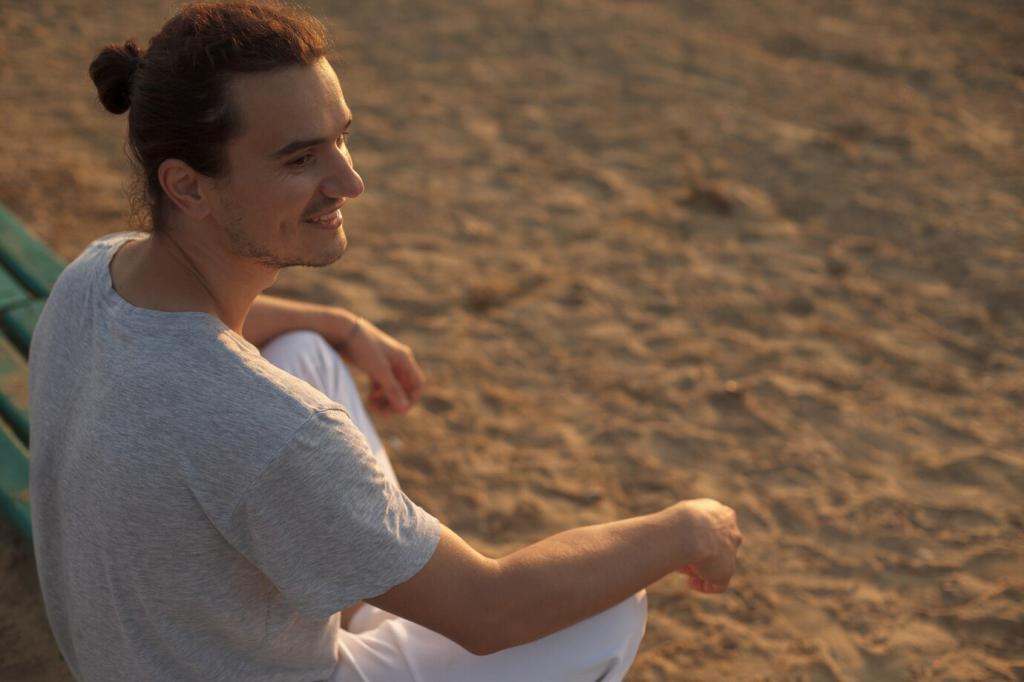A Simple Walking Meditation Protocol for Problem-Solving
Name one specific problem before you start, no more. Phrase it as a question with a desired outcome and constraints. For example, how to reduce onboarding time by two days without adding new headcount or expensive software. Carry that sentence in your pocket.
A Simple Walking Meditation Protocol for Problem-Solving
Walk at a conversational pace, inhale for four steps, exhale for six, and keep your shoulders soft. Let your eyes rest on the horizon. If ruminations arise, note them kindly, then return to the question and the rhythm of breath meeting footsteps.




